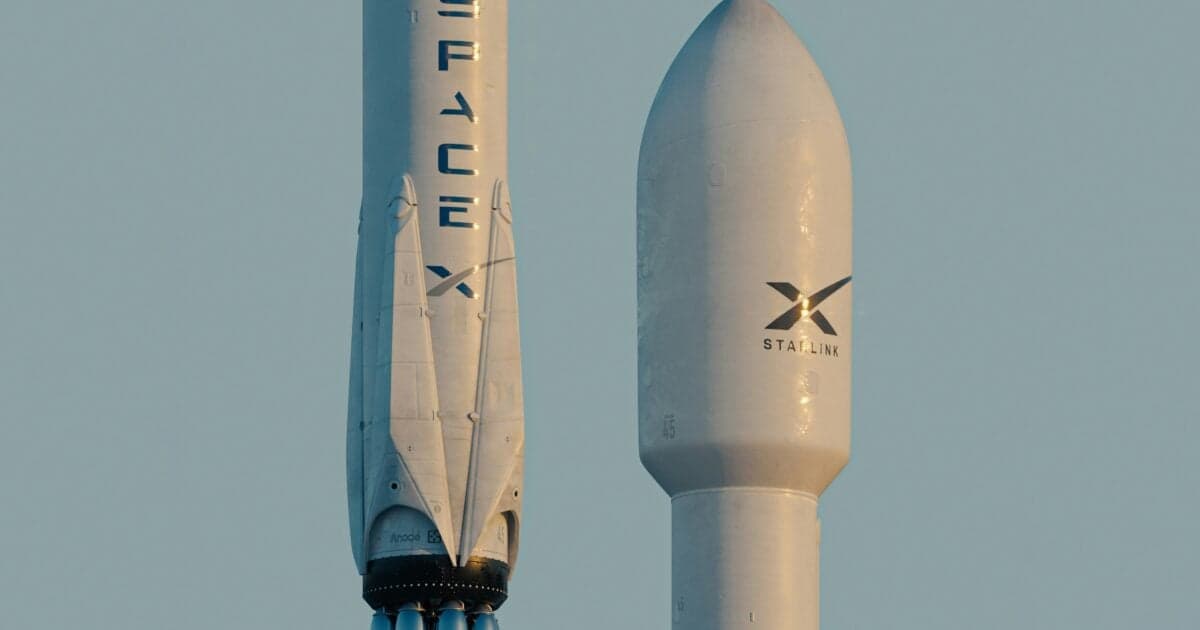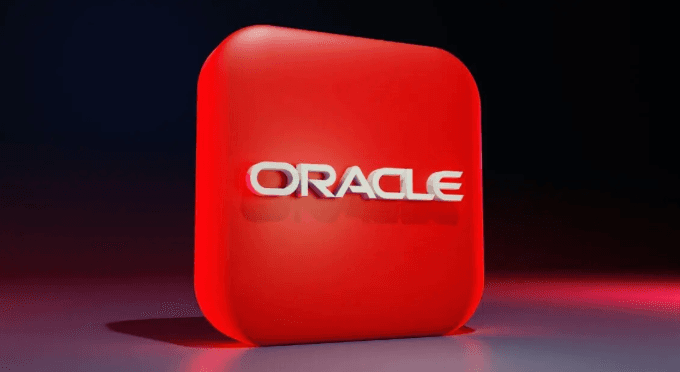Palantir's Nuclear Power Play: Could AI Help Reboot American Energy?


Secretive software giant Palantir Technologies (PLTR) today unveiled a bold partnership that could redefine how nuclear power plants get built in the U.S.
The data-analytics giant is teaming up with a startup ambitiously named The Nuclear Company to use real-time artificial intelligence ("AI") to make nuclear reactors easier to build.
If successful, this project could help America construct reactors faster, safer, and cheaper, addressing one of the biggest hurdles in reviving nuclear energy... a necessity in powering AI data centers.
The Nuclear Company will pay roughly $100 million over the next five years to develop the platform... with a goal of transforming the construction procession from its current notoriously slow, over-budget slog into a data-driven, predictable process.
For example, the Plant Vogtle expansion in Georgia – the only recently completed nuclear build in the U.S. – came in $17 billion over budget and seven years behind schedule.
That's not an anomaly, either. A 2014 study in the peer-reviewed journal Energy found that nearly every single nuclear project it looked at ended up being more expensive than expected.
Palantir and the Nuclear Company plan to codevelop a nuclear operating system ("NOS"), which will serve as a high-tech "mission control" for reactor construction.
It is expected to unify and analyze data across every facet of a nuclear build – from engineering designs, supply chains, and contractor workflows to regulatory paperwork and on-site sensor feeds.
The aim is to resolve bottlenecks that currently take weeks of manual inspection, mountains of paperwork, and lead to massive delays across dozens of teams.
Palantir is treating NOS as a flagship effort in its Warp Speed initiative and will embed a dedicated engineering team with The Nuclear Company. It plans to use this approach to standardize reactor designs and construction methods to roll out nuclear plants much faster and at much lower prices.
The deal comes after President Donald Trump signed executive orders last month aiming to speed up nuclear energy by fast-tracking new licenses for power plants and cutting regulatory red tape. He is calling for 400 gigawatts ("GW") of new nuclear capacity in the next 25 years... That's four times the total nuclear energy capacity of the U.S. right now.
Meanwhile, China is racing ahead... It approves around 10 new reactors a year, or roughly 10 GW of electricity. And it's on track to pass the U.S. as the world's top nuclear energy producer within the next decade.
After decades on the sidelines, nuclear power is getting a fresh look in the U.S. as key to energy security and the massive electricity demands from AI data centers.
If Palantir and The Nuclear Company can demonstrate even a modest, 20% to 30% reduction in construction time and cost, it would be a huge boon to meeting aggressive nuclear buildout targets.
And of course, current nuclear reactors are just the start...
The computation demands of the AI boom are essentially limitless. To satisfy that demand for power, Wall Street legend and Stansberry Research editor Whitney Tilson notes that America ultimately needs an essentially limitless power source: fusion.
Of course, practical fusion power plants are still a long way off. But Whitney is focused on a secretive project that he calls "Amazon Helios"... funded by tech moguls from Amazon (AMZN) founder Jeff Bezos to OpenAI CEO Sam Altman to Microsoft (MSFT) founder Bill Gates.
And for investors, he has found a little-known company that may have the best chance of turning fusion into a reality.
CNBC calls it "a leader in the nascent space."
Unfortunately, this company is off-limits to most individual investors. Only accredited investors can take a stake in it.
But Whitney has found a "backdoor" into this company – one that can be accessed by any investor with $30 in his or her brokerage account.
And if NOS delivers as promised, it's another step on the path to a true U.S. nuclear renaissance... helping secure America's energy independence at a time of global turmoil, provide abundant power to turbocharge the AI revolution, and counter the strategic threat of China dominating next-generation energy tech.
No wonder forward-looking analysts like Whitney are excited: They see parallels to the early days of the Internet or the iPhone, when investors who recognized the coming paradigm shift positioned themselves for generational upside.



